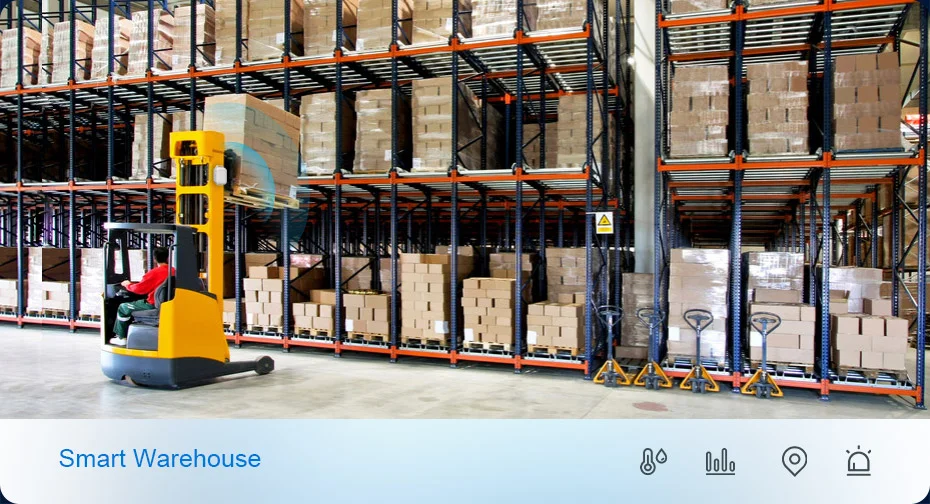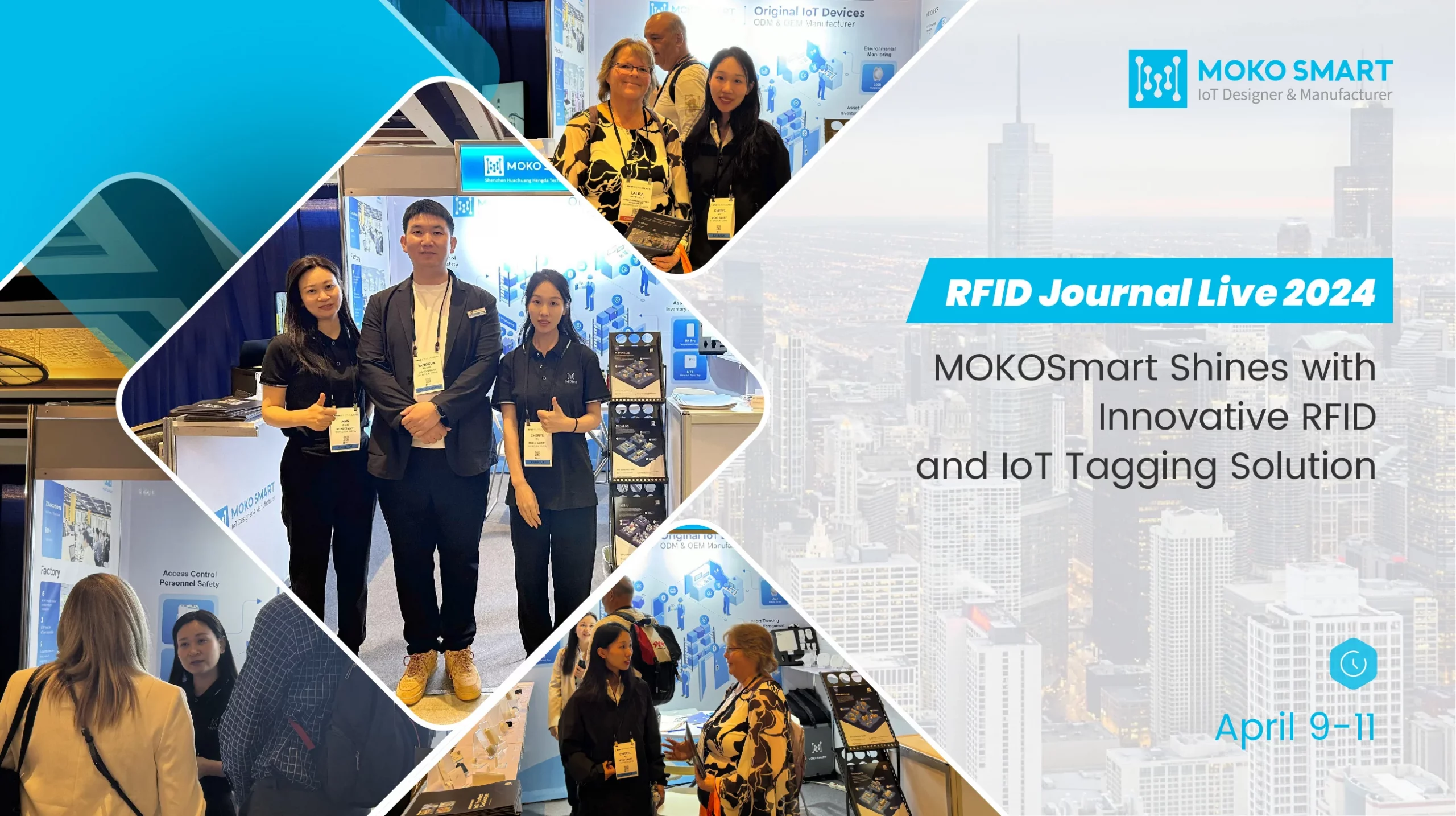IoT device types are various, they can be used for security and access control, location tracking, and environment monitoring.
• IoT devices for industrial Safety
PIR presence, asset trackers, and wearable beacons can be used to detect intruders and avoid the theft of valuable assets. Some IoT devices can even identify small leaks of dangerous chemicals and water so they can be fixed before the problem becomes serious.
• IoT devices for home security
The key driver behind the smart and secure home is the Internet of Things. Pir presence and panic buttons can be controlled via smartphone or other mobile devices. Once there are intruders, security devices can detect that and trigger the alarm.
• IoT devices for personnel management
IoT devices such as wearable beacons can be used for personnel management by tracking their location and health data. With a panic button, some IoT devices can also be used to call for emergency help.
• IoT devices for appliance control
Smart thermostats, smart refrigerators, and connected TVS can be connected to smart plugs so as to act as scheduled and be controlled remotely.
• IoT devices for environment monitoring
Environmental data such as temperature and humidity data can be collected and mainly used for agriculture and logistics to keep the crops growing well and maintain the characteristics of the products.
• IoT devices for energy monitoring
An energy meter is an important tool for energy conservation, and many smart homes and businesses are already using such devices to reduce energy waste and labor management by effectively monitoring energy use.
• IoT devices for efficiency improvement
It’s essential for logistics, warehouses, and enterprises to be notified of the location and process in real-time. Asset trackers are widely used for this purpose, and the managers no longer need to waste time searching for assets and personnel and workers also dare not to get lazy.


































































